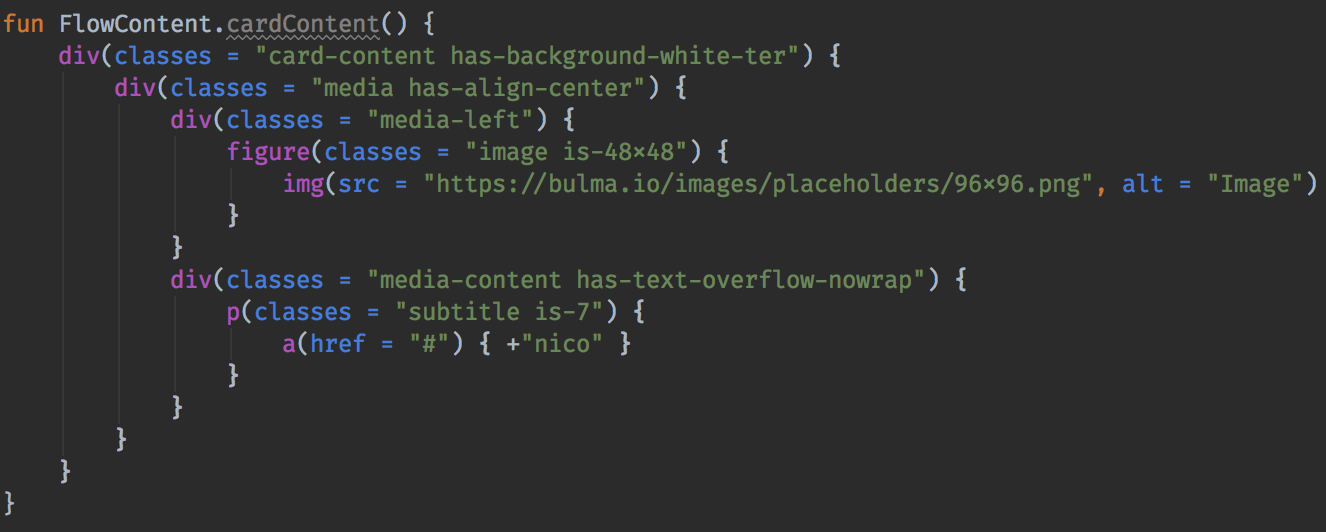Welcome to our blog. You will find information on the design, concepts of data2viz library and tools. We will also write specific posts on how to use them and more general posts on dataviz.
Recent Posts
Using Gradle Metadata for a Kotlin multiplatform project
Data2viz is a Kotlin multimodule/multiplatform library. That means a lot of dependencies and artifacts. Let’s see how Gradle Metadata simplifies the dependencies management.
Before Gradle Metadata :
Android project
dependencies {
...
api "io.data2viz.d2v:scale-jvm:$data2viz_version"
api "io.data2viz.d2v:viz-android:$data2viz_version"
}
Kotlin/JS project
dependencies {
...
api "io.data2viz.d2v:scale-js:$data2viz_version"
api "io.data2viz.d2v:viz-js:$data2viz_version"
}
After Gradle Metadata, for all platforms:
dependencies {
...
api "io.data2viz.d2v:scale:$data2viz_version"
api "io.data2viz.d2v:viz:$data2viz_version"
}
Ktor vs Axios for Kotlin/JS remote calls
For the vast majority of Kotlin/JS applications, you need to do remote calls. You can perform your calls from Kotlin/JS using the fetch API, but using a third party library simplifies the code. I describe in this post the pros and cons of two natural solutions.
Should you use Ktor-client and Axios for your Kotlin/JS calls?
Well, it depends if you care about the distribution size of your app.
Introducing Kotlinx.html-plugin
We love Kotlin, we love DSLs, and when we have to develop a web application, we naturally want to use Kotlinx.html. It proposes a nice DSL to generate HTML fragments on the server using Kotlin/JVM or the browser with Kotlin/JS.
